Social media is bad for kids. This has been proven. But in the time we live in, for some people, social media is all they know.
Whether using apps like Instagram just as a reward for getting all your homework done, or whether you’re a full-time influencer whose only job is to create content for that little icon on your screen, social media has taken over so many lives, and Instagram has finally noticed.
On Sept. 17, Instagram announced their new restrictions on teen accounts, with features introduced to try to keep teens safe online.
Instagram’s new changes will include turning off notifications from 10 p.m. to 7 a.m. and auto-replying to DMs, promoting sleep for teens. I believe this feature is a good attempt to lower the probability of someone opening the app for the purpose of responding to a notification, but since so many of us who use social media find ourselves up until the weary hours of the morning endlessly scrolling through meaningless reels created by faceless usernames, this feature will not do enough to stop that.
The only endless scrolling prevention coming with the update, according to an article from ABC News, is that within Instagram, parents can limit the amount of time their teen spends on the app. Hopefully, this will help parents be aware if their child is up all night scrolling, and prompt them to stop, allowing teens to get more sleep that they desperately need.
Using Instagram with a public account comes with the inherent risk of complete strangers having the ability to contact the user through sending them a DM or a comment on their post. An opinion article from The New York Times says that social media platforms have been linked to higher levels of bullying, which, on Instagram, is easily done with the quick sending of a DM. Instagram’s new update allows the parents of children under 18 to view their child’s account and the messages that are being sent and received, a measure which will hopefully lower the risk of cyberbullying. This feature means that if a parent sees a DM from a stranger, they can talk to their child about it and help if needed.
For teens under the age of 16 or over 16 with a private account, they can only receive DMs from people they follow. I believe this is a good policy for Instagram to implement because it prevents scams and strangers from contacting minors. Though 16 and 17-year-olds have the choice to opt out of this, I think that a private account should be a required safety measure for all users under the age of 18.
Alternatively, I think it’s beneficial that parents are not able to read the actual messages being sent through DMs. Teens need some privacy, and honestly, if you can’t trust your child to have appropriate conversations with their friends, that is a bigger issue than any new Instagram update could solve.
I think the new update falls short, however, in terms of content teens and kids are exposed to on Instagram. Anyone can create an Instagram account and say virtually whatever they want, and it’s free for the public to see. This is dangerous, especially for young people using an app like Instagram, whose purpose is to drive engagement and make money, not to protect its users from harm.
The new update will default any account to private for kids 17 and under, but that doesn’t limit the content they see. Either way, 16 and 17-year-olds have the option to make their account public anyway, so any benefit of safety that might come from a private account will not protect a good majority of the teenage population. The new update will also allow teens to choose what type of content they want to see more of, but Instagram should already be doing more to prevent teens from exposure to inappropriate posts while browsing online.
Though it has been proven time and again that social media is harmful for young people, not enough is being done to counter the negative effects social media has on kids and teen psychology. We know that alcohol is bad for kids, so we require them to wait until the age of 21 in order to have it. Why is social media any different?
Teens will likely find a way around these guidelines because the business model of social media platforms is to drive consumer engagement to the point of constant anxiety centered around feelings of missing out, and the culture we’ve built does nothing to counter that. These changes by Instagram are a great starting point, but many more improvements still need to be made if we are truly going to keep young people safe online.


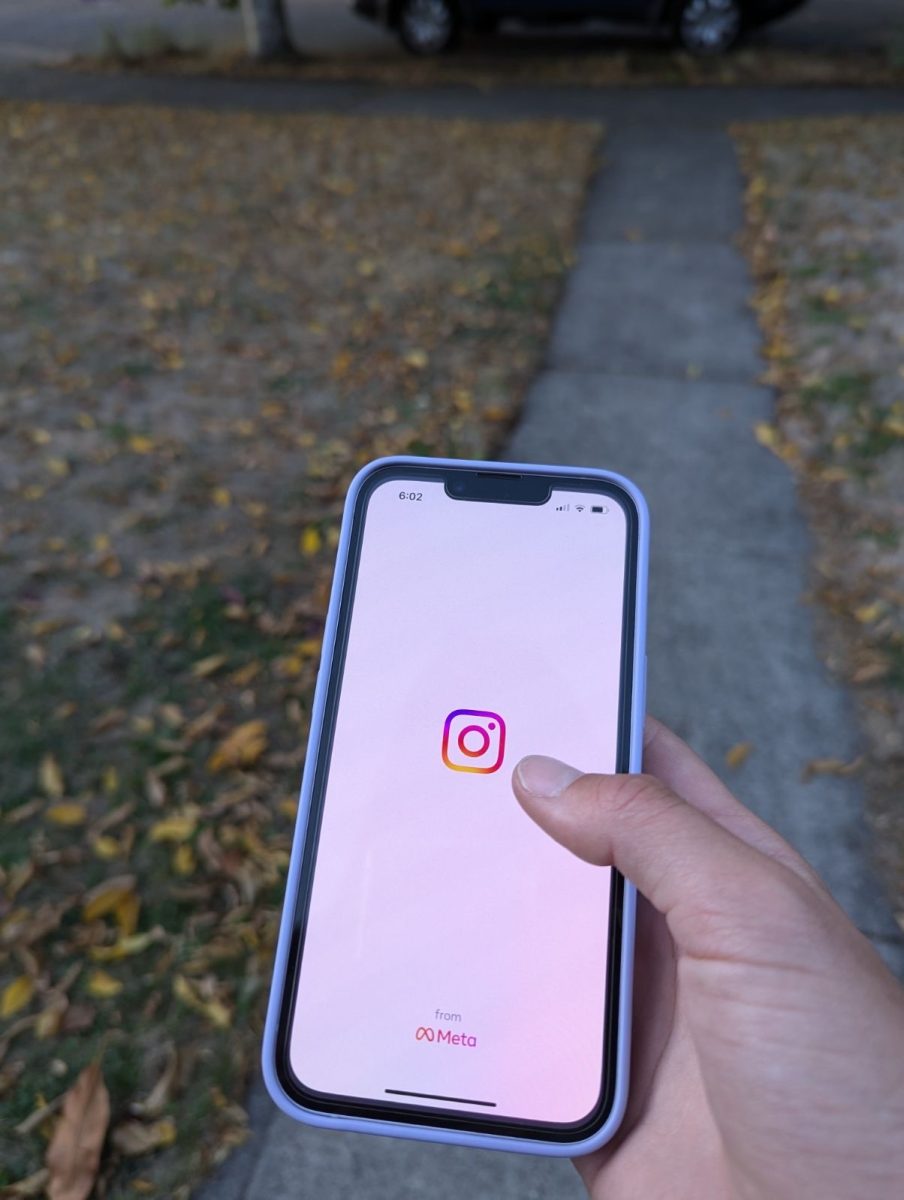
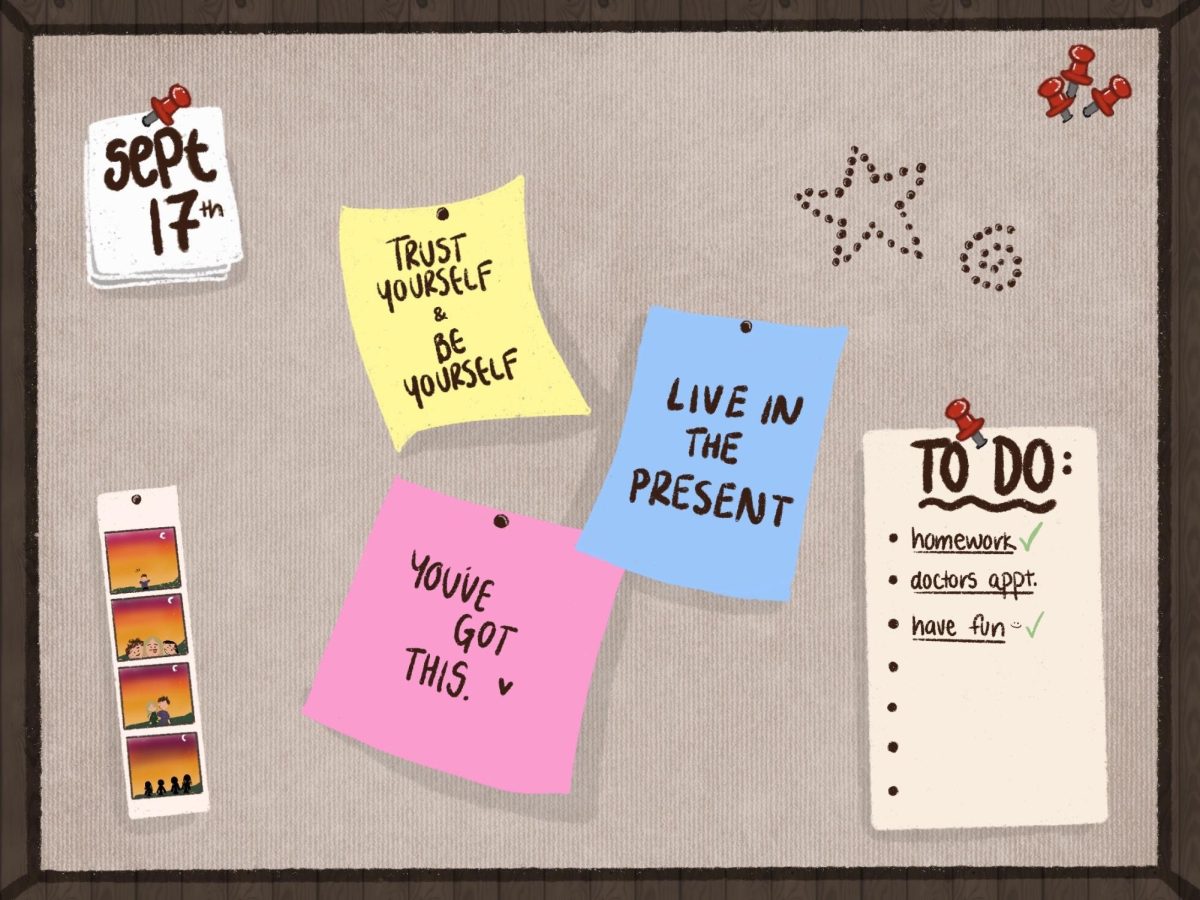

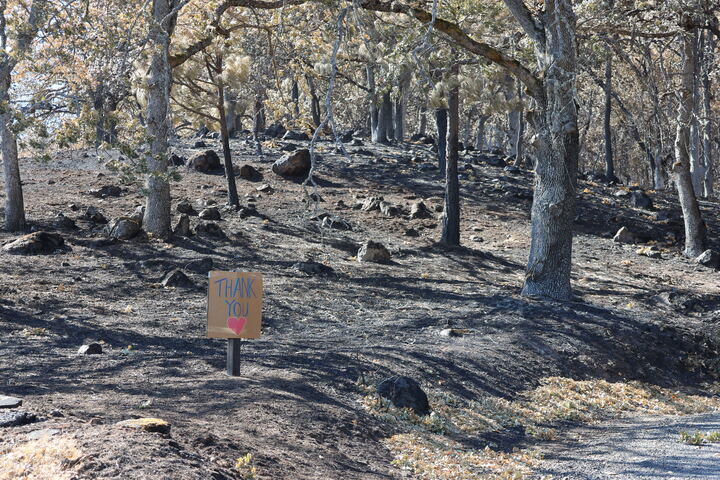
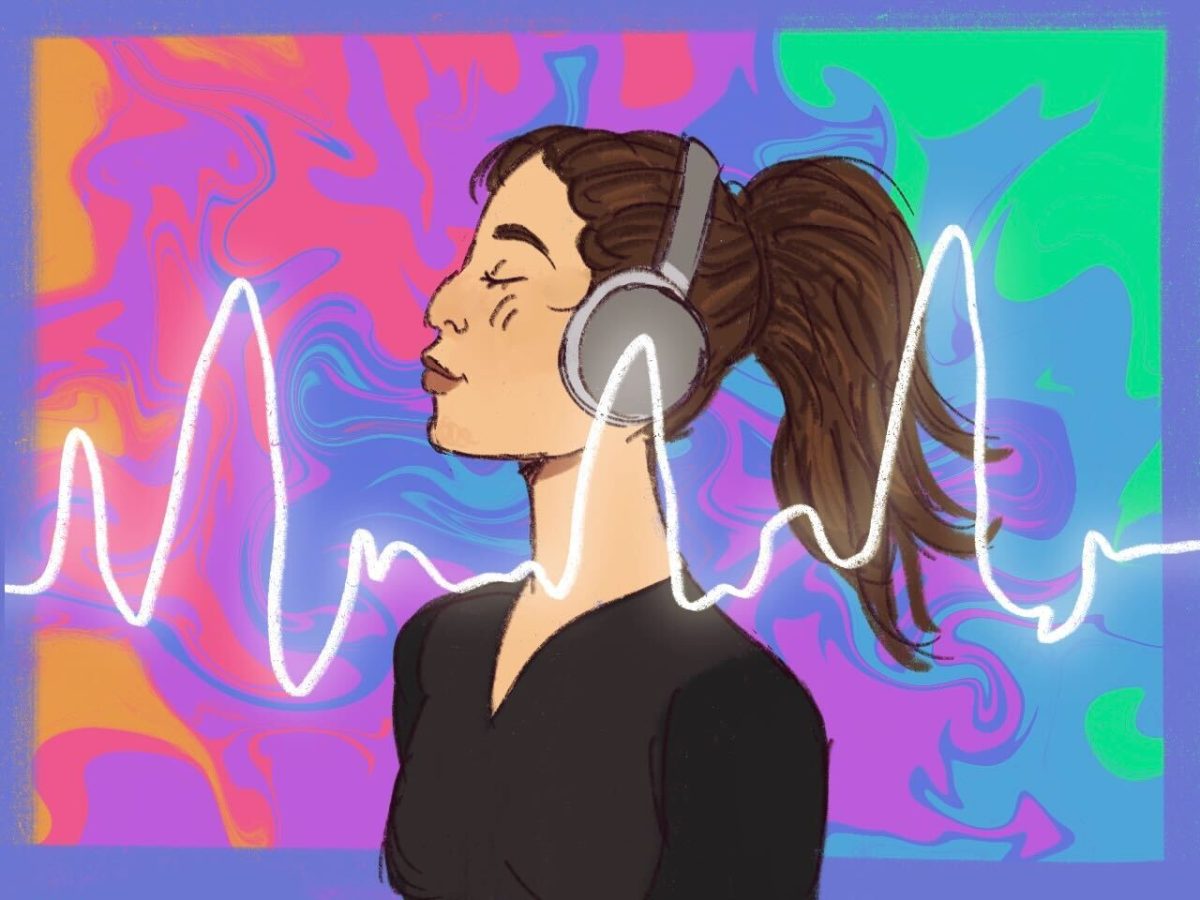
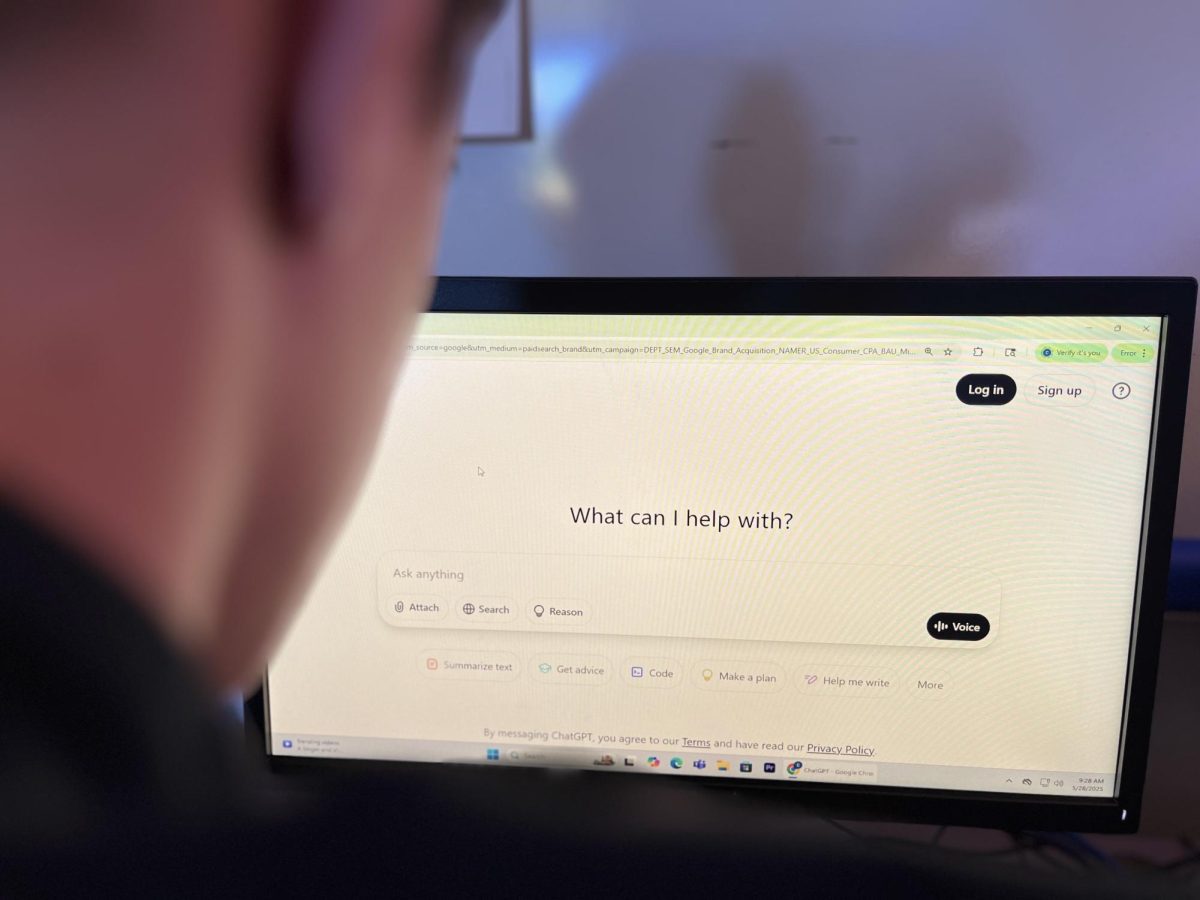


Rejina Injety • Oct 6, 2024 at 10:20 am
Esme,
Thank you for your insightful and informative article about Instagram changes. Love that you put your firmly held beliefs in the article and I couldn’t agree more. It is so frustrating that technology has moved so much faster than our glacial ability to protect our kids. However, knowing there are people like you who care and have the right priorities, gives me a lot of hope for the future. Thank you!